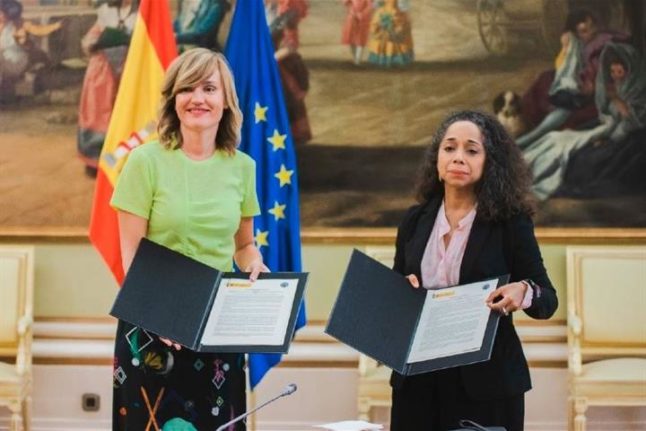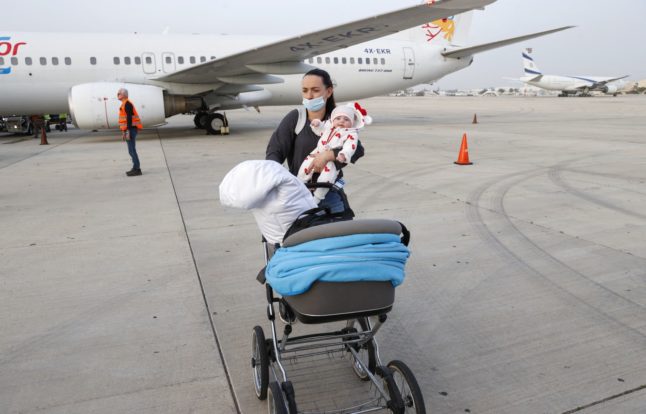Spain’s Education Minister Pilar Alegría and US ambassador to Spain Julissa Reynoso met on Wednesday to sign a memorandum of understanding which will reinforce educational cooperation between the two countries.
The agreement had been previously signed by Miguel Cardona, the United States Secretary of Education, who tweeted: “This week, alongside [Spanish] Ambassador [Santiago] Cabañas, I signed a memorandum supporting the study of Spanish language & culture in the US, and the study of English in Spain”.
It is in fact a renewal of a memorandum between the United States and Spain which has facilitated mobility of both conversation assistants and students between the two countries in recent years.
The aim of this newest memorandum of understanding is to further strengthen student and teacher exchange programmes and promote bilingual and multicultural teaching in both educational systems.
No exact details have yet been given about how many extra language assistants will be given grants to join the programme.
Several teacher recruitment sources suggest the current number of North American language assistants (including Canadians) heading to Spain every year is between 2,000 and 2,500.
The Spanish government has stated that in 2023, this figure will be around 4,500, which represents a considerable increase in the number of US and Canadian citizens who can apply through the NALCAP programme, which stands for North American Language and Culture Assistants in Spain.
According to Spain’s Foreign Ministry, the following requirements must be met by US candidates in order to participate in the programme:
- Be a U.S. citizen and have a valid passport
- Have earned a bachelor’s degree or be currently enrolled as a sophomore, junior or a senior in a bachelor’s programme. Applicants may also have an associate degree or be a community college student in their last semester.
- Have a native-like level of English
- Be in good physical and mental health
- Have a clean background check
- Be aged 18 – 60.
- Have at least basic knowledge of Spanish (recommended)
NALCAP recipients receive a monthly stipend of €700 to €1,000 as well as Spanish medical insurance.
Application dates for 2023 are usually announced in late November. See more information on the NALPAC programme for US nationals here.
According to The Fulbright Program, one of several US cultural exchange programmes that organises the recruitment of US nationals for Spain: “English Teaching Assistants assist teaching staff at the early childhood, elementary, middle school, high school, vocational and/or university level for up to 16 hours per week, with an additional two hours for planning & coordination meetings. Responsibilities include assistant-teaching, in English, subjects such as social studies, science and technology, art, physical education, and English language.”
READ MORE: The pros and cons of being an English language assistant in Spain
There are also currently more than 1,000 Spanish teachers working as visiting teachers in the United States, Spain’s Moncloa government has said, without adding yet how many more will be recruited in 2023.
Additionally, more than 1,000 North American students now take part in the Spanish Language and Culture Groups managed by the Spanish Education Ministry’s Overseas Education Action (or Acción Educativa Exterior, AEE).
Canadian applicants can find out more about working as language assistants in Spain by visiting the NALCAP Canada website.



 Please whitelist us to continue reading.
Please whitelist us to continue reading.
Member comments